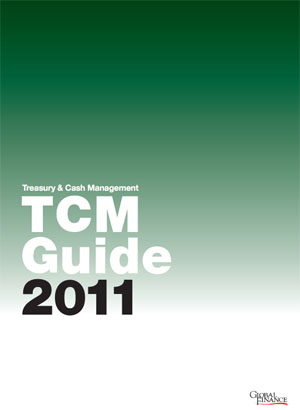MOBILIZING EXCESS CASH

At most cash and treasury management conferences these days, treasurers are concerned with one of two things: ensuring they play a more strategic role within companies above and beyond managing a piggy bank of money; and making their cash and liquidity work harder for them.
With many multinationals now looking for revenue growth in regions such as Latin America and Asia, treasurers are focused on how best to mobilize their excess cash and liquidity in these markets. In our story on treasury and cash management in Brazil, we hear how treasurers are now including the fast growing Latin American market in their global cash management and payments infrastructure and are collating real-time cash flow positions and exposures so their treasury operations can make better informed cash and liquidity management decisions.
However, Brazil comes with its own set of restrictions. Treasurers need to be aware of taxes levied on different transactions, which means moving cash around is not as straightforward as it is in more developed markets. Treasury managers also need to remain on top of currency volatility—particularly in those emerging markets where high capital inflows have resulted in rapid appreciation of the local currency.
The Chinese market has also proven historically difficult for treasurers looking to manage liquidity. Excess renminbi cannot be easily moved offshore to fund other parts of a company’s operations—although the growing internationalization of the renminbi in trade-related transactions has provided some breathing space.
Both China and Brazil remain challenging markets for treasurers looking to mobilize cash and liquidity, but despite these difficulties they are important markets for multinationals as they look for growth and investment opportunities.
As treasurers work on improving visibility over cash flows, connectivity to their banks has also become an increasingly important issue. More than 500 corporates are now connected either directly or indirectly to the bank-owned SWIFT network, which provides a single interface for communicating with multiple banks. This provides companies with greater visibility over their payments and flow of funds across multiple banking providers.
Yet, connecting to SWIFT can be confusing for corporates, particularly when it comes to the administration and maintenance involved as well as the cost of connecting directly. Increasingly treasurers are turning to service bureaux to help them connect to SWIFT.
Anita Hawser
European Editor




